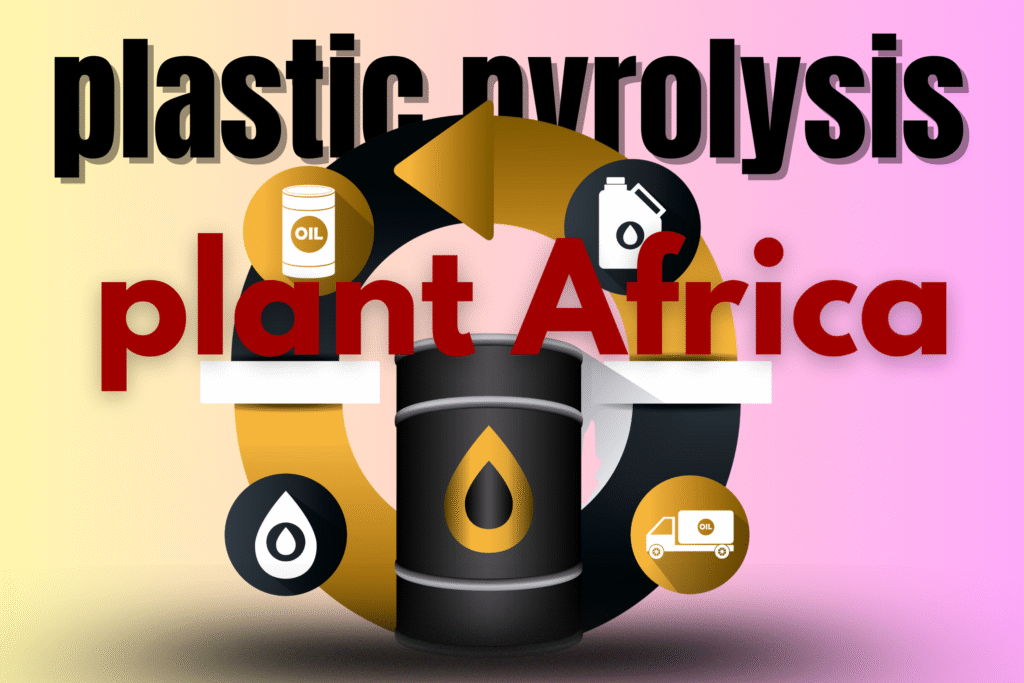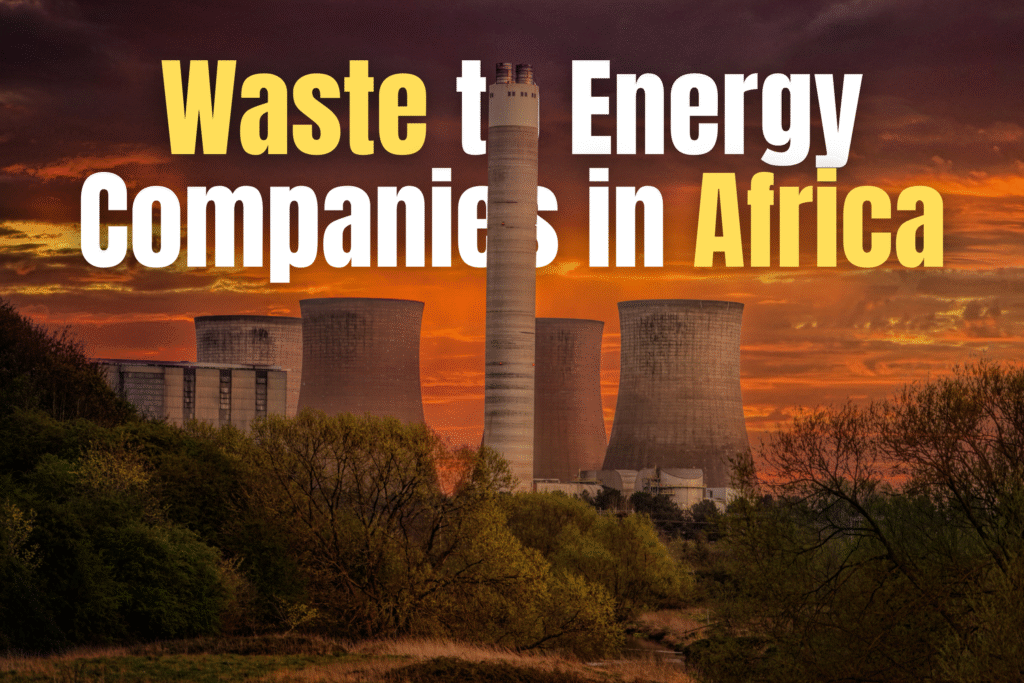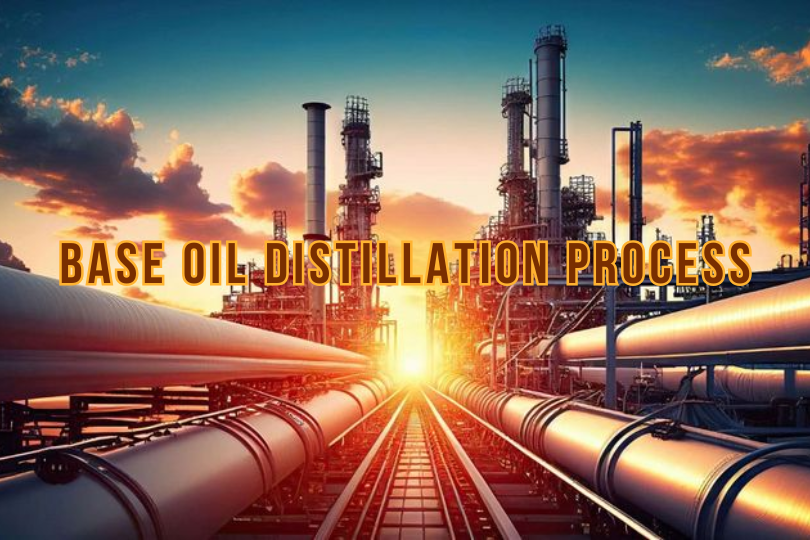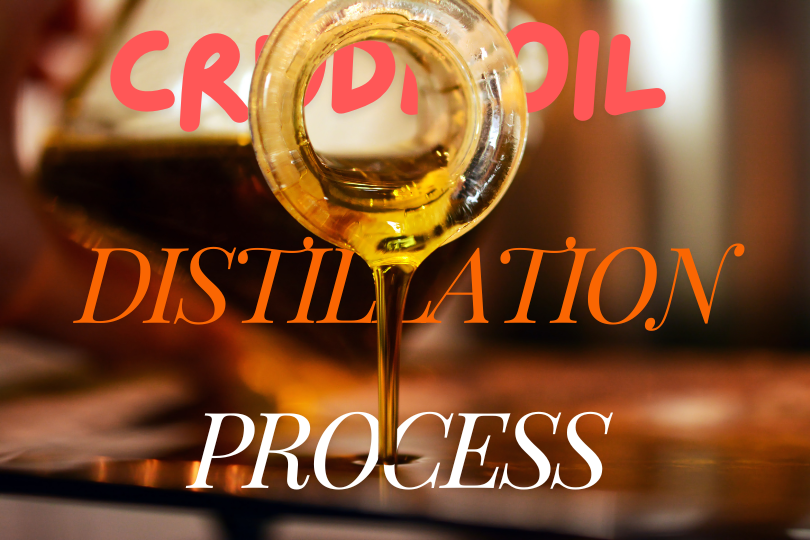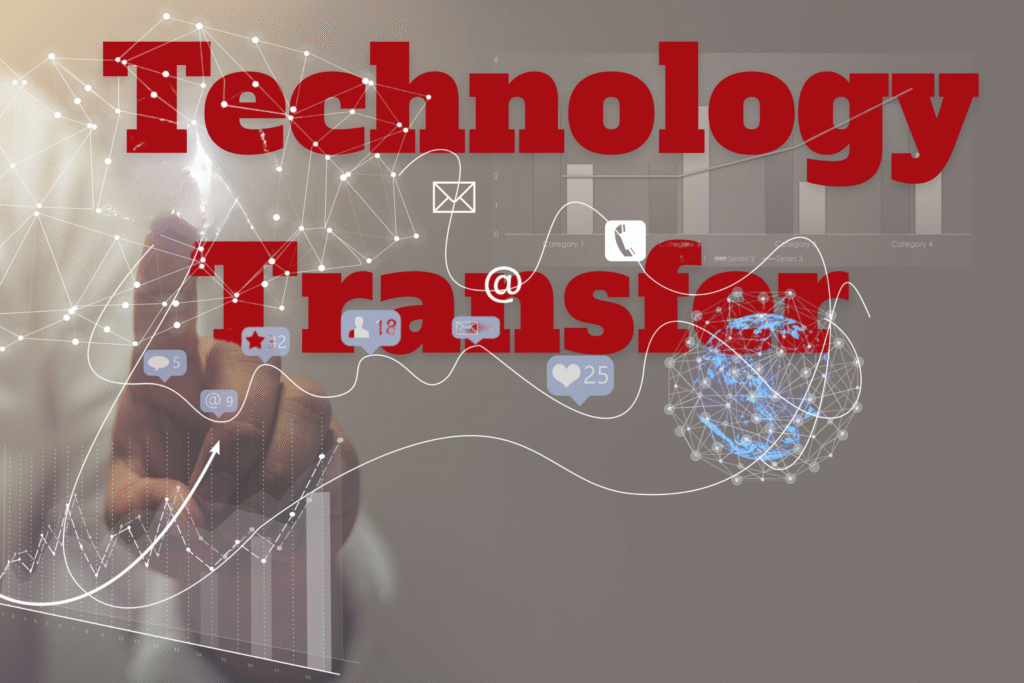The Rise of Plastic Pyrolysis Plant Africa: Turning Waste into Wealth
Introduction Plastic waste has become one of the biggest environmental challenges in the modern world, and Africa is no exception. Every city, from Lagos to Nairobi, Cape Town to Cairo, struggles with plastic pollution that clogs drainage systems, pollutes rivers, and threatens marine life. But here’s the good news: plastic pyrolysis plant Africa is emerging as a game-changing solution. Rather than viewing plastic as waste, nations on the continent are now starting to see it as a resource—something that can be converted into fuel, energy, and even business ventures. Why Africa Needs Plastic Pyrolysis Plants Annually, Africa produces millions of tons of plastics waste. Unfortunately, little of it is recycled, and most finds its way into landfills, open dumps, or is incinerated in the open—releasing harmful chemicals into the air. This has been an escalating crisis for decades. Now, with the arrival of plastic pyrolysis plant Africa, one hopes for a brighter future. In contrast to conventional recycling techniques, pyrolysis does not call for sorting plastics by type. Just about any type of plastic waste—from packaging and bottles to industrial scrap—can be handled in these plants. And rather than creating low-value recycled products, pyrolysis plants turn plastic into something very valuable: fuel oil, gas, and even carbon black, which businesses can recycle. How Does a Plastic Pyrolysis Plant Work? At its essence, the process is straightforward but potent. A plastic pyrolysis plant Africa burns waste plastic in a lack of oxygen. Rather than combustion, the plastic decomposes into smaller molecules. The three primary outputs produced in this process are: Pyrolysis oil (plastic fuel) – which can be processed into diesel or petrol. Syngas – a clean energy that can fuel the plant itself. Carbon black – which can be utilized in construction, rubber, and manufacturing sectors. The Geo-Based Opportunity: Why Africa is the Ideal Fit Why is plastic pyrolysis plant Africa in the news today? The reason is to be found in Africa’s special position. Highest Generation of Plastic Waste: Urbanization and increasing consumption patterns have plastic usage going through the roof. Energy Demand: Most African nations continue to suffer from energy deficits. Fuel made domestically from plastic can bridge this divide. Youthful Businessmen: With millions of young Africans seeking business opportunities, plastic pyrolysis plant Africa provides an opportunity to develop sustainable business startups. Government Initiative for Green Solutions: Increasing numbers of African governments are adopting global climate goals, which translates to appealing to green solutions such as pyrolysis. From Nigeria to South Africa, from Kenya to Ghana, the plastic pyrolysis plant Africa buzz is not only about waste disposal. It’s about employment opportunities, energy independence, and turning waste into wealth. Success Stories Across Africa Nations in Africa are starting to test this technology. In Nigeria, it is already private businesses investing in plastic pyrolysis plant Africa models to address both plastic waste and fuel deficiency. In Kenya, young entrepreneurs are developing small-scale pyrolysis systems to generate cheap fuel for communities. South Africa, with its industrial capability, is even looking into large-scale plants that can convert tons of plastic waste per day. Challenges That Still Need Attention Of course, the path is not smooth sailing. It takes initial investment, experienced labor, and support from the government to establish a plastic pyrolysis plant Africa. According to some, if not regulated stringently, subpar plants can be environmental polluters rather than problem solvers. But the good news is that awareness is increasing. Governments are now collaborating with private sector companies to develop safer standards. Global organizations are investing in clean technology programs. And local businesspeople are demanding training and awareness programs. With each stride made, plastic pyrolysis plant Africa is increasingly becoming more sustainable and affordable. Why Entrepreneurs Should Care To enterprising individuals, the plastic pyrolysis plant Africa trend is all about environmental concern—and profit. Envision having a business that gathers discarded plastic (which consumers are keen to dispose of), processes it in a pyrolysis plant, and generates revenue from selling the product as fuel to nearby industries, transport companies, or even power plants. The Future of Plastic Pyrolysis Plant Africa Looking forward, the future is promising. As more and more global light shines on plastic trash and global warming, Africa can become a world leader in green energy innovations. The growth of plastic pyrolysis plant Africa may bring cleaner cities, improved health, less importation of fossil fuels, and more robust local economies Waste to Energy Companies Africa. Conclusion Plastic waste has been regarded as a bane for a long time. But as plastic pyrolysis plant Africa is expanding, it’s being reimagined as a blessing in disguise. By converting waste plastics to useful fuels and feedstocks, Africa has the opportunity to combat pollution, enhance energy security, and generate new business opportunities for entrepreneurs Beyond . Plastiki zilizotupwa hazipaswi kuwa taka tena. Kupitia kituo cha plastic pyrolysis plant Africa, tunaweza kubadilisha plastiki kuwa mafuta safi na fursa za ajira. Hii ndiyo njia mpya ya Afrika kuelekea uchumi wa kijani na mustakabali safi.

